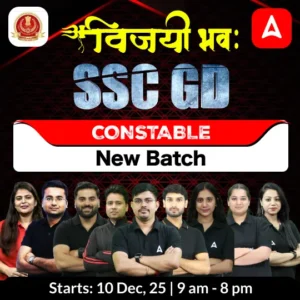The Staff Selection Commission (SSC) Multi Tasking Staff (MTS) exam opens doors to a stable government job for candidates seeking employment in various central government departments. Once selected through SSC MTS, candidates enter a career that ensures job security, decent pay, and promotional opportunities. Here’s a detailed look at what life looks like after clearing the SSC MTS exam.
SSC MTS Job Profile
After clearing the SSC MTS exam, candidates are appointed as General Central Service Group ‘C’ non-gazetted, non-ministerial staff. The nature of the job may vary depending on the department and location. Here are the common duties:
1. Physical Office Tasks
- Carrying files and documents from one desk to another
- Opening and closing office rooms
- Cleaning the office and maintaining hygiene (in some roles)
2. Clerical Work
- Photocopying, sending faxes, and other basic clerical tasks
- Assisting in routine office work like diary, dispatch, etc.
3. Outdoor Work
- Carrying official documents to other departments or offices
- Post office-related tasks or banking errands
4. Supportive Duties
- Assisting senior officers or staff with day-to-day tasks
- Making arrangements for meetings or official events
Work Environment
SSC MTS employees are usually posted in central government ministries, offices, or subordinate offices spread across the country. Work conditions are generally stable with fixed office hours (typically 9 AM to 5 PM), and government holidays are applicable.
Salary and Allowances
While SSC MTS is considered an entry-level post, the pay and perks are quite decent:
- Pay Band: ₹18,000 – ₹22,000 (approx.) depending on city and department
- Grade Pay: ₹1800
-
Allowances:
-
Dearness Allowance (DA)
-
House Rent Allowance (HRA)
-
Transport Allowance (TA)
-
Medical Benefits
-
Pension Scheme (under NPS)
-
Career Growth and Promotion
Although SSC MTS is a Group C post, it has a structured promotion path based on seniority, performance, and departmental exams.
Promotion Hierarchy:
- Multi-Tasking Staff (MTS)
- Lower Division Clerk (LDC) (after 3 years of service and passing departmental exam)
- Upper Division Clerk (UDC)
- Section Officer (SO)
Time-Based Promotions:
- First Promotion: After 3 years (to LDC)
- Second Promotion: After 5–6 more years (to UDC)
- Further Promotions: Based on departmental exams or performance appraisal
Many MTS employees also appear for other SSC exams (like CHSL, CGL) while working, gaining an advantage due to experience and better understanding of government work culture.
Benefits of Clearing SSC MTS
- Job Security: Central government job with minimal risk of termination
- Pension Benefits: Covered under the New Pension Scheme
- Work-Life Balance: Fixed working hours, paid leaves, and holidays
- Growth Opportunities: Promotions and eligibility for other higher-level SSC exams
- Social Status: Respectable position in government offices
Clearing the SSC MTS exam is the first step into the vast structure of Indian government jobs. While it starts with basic tasks, with consistent performance and effort, the role can lead to promotions and better positions over time. It is especially beneficial for candidates aiming for a stable, low-pressure government job with long-term benefits.
| SSC MTS 2025 Related Articles | |
| SSC MTS Syllabus 2025 | |
| SSC MTS Salary Structure 2025 | SSC MTS Previous Year Papers |

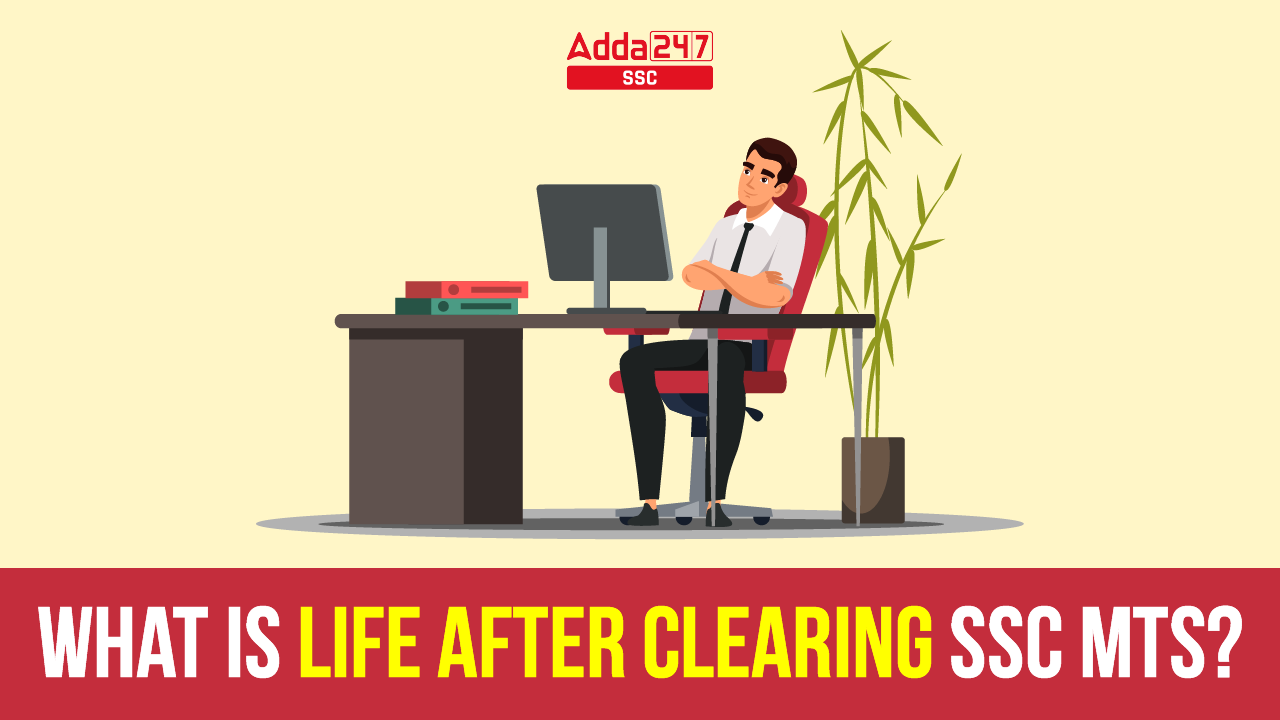


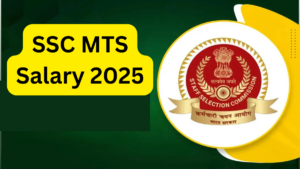 SSC MTS Salary 2025, Job Profile and Car...
SSC MTS Salary 2025, Job Profile and Car...
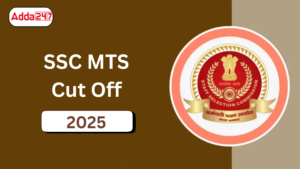 SSC MTS Cut off 2025, Category Wise Cut ...
SSC MTS Cut off 2025, Category Wise Cut ...
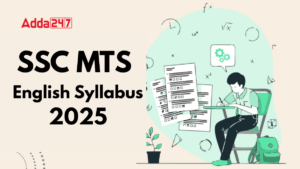 SSC MTS English Syllabus 2025, Check Top...
SSC MTS English Syllabus 2025, Check Top...
